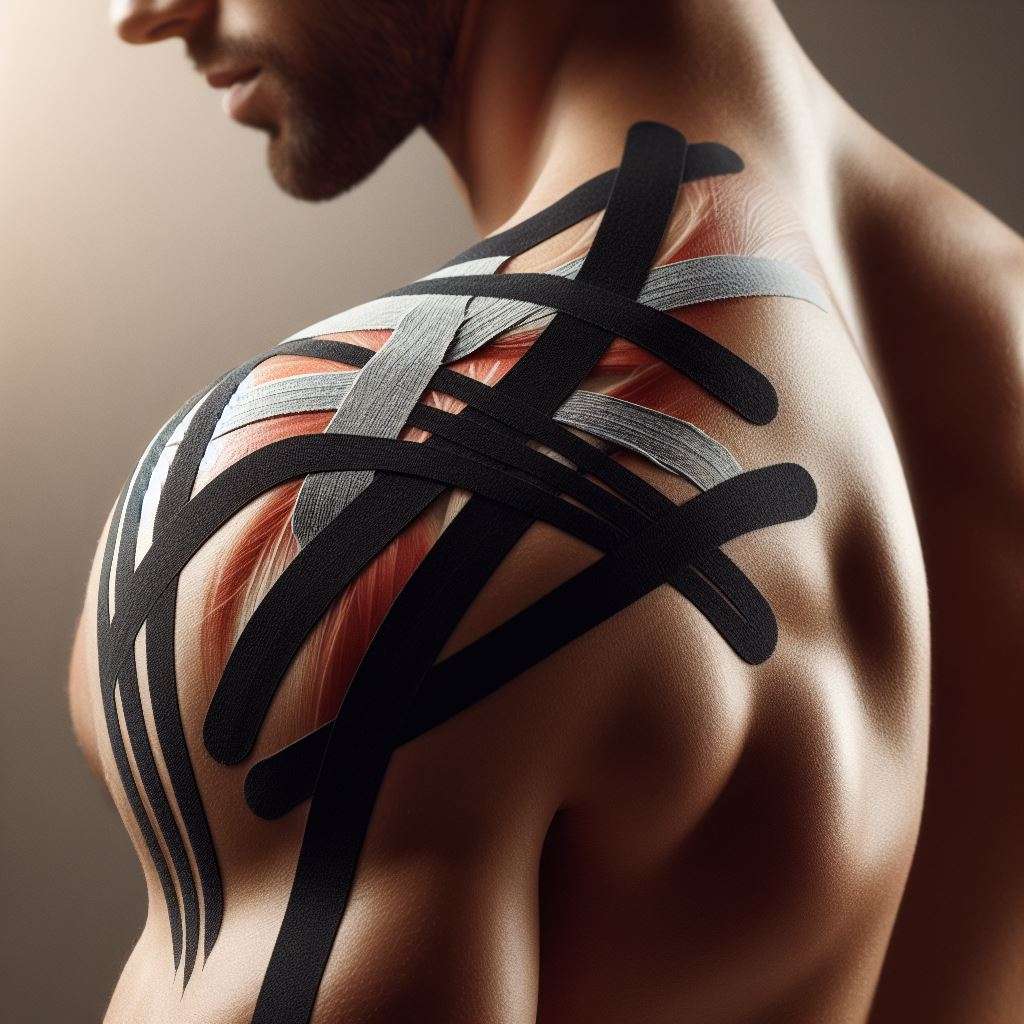
Apr 8,2024
With its colorful stripes and therapeutic claims, Kinesiology tape has become a popular tool for athletes and those seeking pain relief. But a common question lingers: can you shower with kinesiology tape? The answer is yes, with a few key things to consider.
Kinesiology tape is designed to be water-resistant. The adhesive backing is formulated to withstand sweat and light moisture, allowing you to shower, bathe, or even exercise without the tape peeling off prematurely. Studies have shown kinesiology tape can maintain its adhesion for up to 3-5 days when applied correctly.
Here's how to ensure a smooth showering experience while wearing kinesiology tape:
Allow the tape to adhere fully to your skin for at least 30 minutes before showering. This gives the adhesive time to activate and form a strong bond.
Avoid hot showers or baths, as excessive heat can loosen the adhesive. Opt for lukewarm water to maintain the tape's effectiveness.
After showering, gently pat the taped area dry with a towel. Avoid rubbing or scrubbing, which can irritate the skin and dislodge the tape.
Allow the taped area to air dry completely before putting on clothes. This prevents moisture build-up under the tape, which can irritate the skin.
When choosing kinesiology tape, quality matters. Planetvff offers a range of premium kinesiology tapes designed for optimal performance and comfort. Their tapes are:
Minimizing the risk of skin irritation.
Allowing for comfortable wear during activities.
Ensuring the tape stays put, even through showers.
By implementing these simple tips, you can confidently shower with kinesiology tape and experience its full benefits. Planetvff provides high-quality kinesiology tapes that support your dynamic lifestyle, allowing you to move freely and recover faster, even after a refreshing shower. Explore Planetvff's range of kinesiology tapes today and find the perfect fit for your needs!